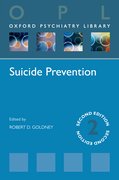Vaccination: what are the risks?
By Peter C. Doherty
All prediction is probabilistic. Maybe that statement is unfamiliar. It’s central to the thinking of every scientist, though this is not to the way media commentators like Jenny McCarthy approach the world. Scientists make certain predictions, or recommend courses of action on the basis of the best available evidence, but we realize that there is always an element of risk.







